Since the advent of the smartphone, nearly everyone owns a reasonably good camera, but there’s much more to becoming a serious photographer than having the equipment.
Sure, some people simply have a better eye for what makes a good photo, but those extraordinary photos of influencers on Instagram are usually the result of post-processing the initial shot.
Post-processing is the use of any technique or technology to enhance the original image captured by the photographer. An old post-processing technique was airbrushing, which was done to remove or soften something in the original image.
The introduction of digital photography in the 1990s led to the development of software capable of fundamentally altering the original image, either to deceive the viewer or to emphasize a particular aspect of the image.
The best-known software for post-processing digital photos is Photoshop. The proper noun Photoshop has long been used as a verb for post-processing photography; “Photoshopping” entered Merriam Webster’s dictionary in 2008.
Learn your way around the exposure triangle
Don’t think that the easy availability of post-processing photography software allows you to turn any picture into a work of art. Post-processing capabilities open up options photographers haven’t always had, but the fundamentals of good photography remain the same, despite all the changes in camera technology.
Every photo you’ve ever seen, good or not-so-good, came out looking the way it does because of the combination of aperture, speed, and ISO the photographer chose before snapping the shot.
How you adjust these three variables is what makes the difference between a blurry shot of a soccer game or a clear, frozen image of the ball passing inches from the outstretched hands of the leaping goalie.
Aperture
Aperture refers to how far open or closed the camera lens is when the picture is taken. Adjusting the aperture allows more or less light through the lens. Aperture is measured in f-stops, with a higher f-stop number indicating the aperture is small, and a low number indicating it’s open wider.
A higher f-stop is used to photograph the rising or setting sun, while a very low f-stop is used to photograph stars in the desert sky at night.
Adjusting the aperture also controls how much of the photo is sharp and how much is blurry, which is called depth of field.
You would use a low f-stop to photograph a particular person on a crowded city sidewalk. This creates a shallow depth of field focused sharply on the person while leaving the rest of the crowd blurrier.
A photo of sailboats on a broad body of water would require a high f-stop for the deep depth of field to put the entire scene in sharp focus.
Shutter speed
When the shutter is closed, the inner workings of the camera are in absolute darkness. Shutter speed is the term for how long the shutter opens to allow light to reach the image sensor (which is the equivalent of film in a digital camera).
Adjusting the shutter speed allows light to shine on the imaging sensor for a larger or smaller fraction of a second. The longer the shutter is open, the more light reaches the imaging sensor, resulting in a brighter picture. The shorter the time the shutter is open, the less light reaches the imaging sensor, resulting in a darker picture.
Shutter speed is the most effective tool for producing clear photos of moving subjects or still subjects in low light.
You’ve probably seen sports photos of a bat hitting a pitch. If you can clearly see the ball and bat, both of which are moving very fast, it’s because the shutter speed was also very fast.
On the other hand, if you’ve ever seen a photo of bats in a cave or a statue in the dimly lit alcove of a medieval cathedral, the shutter speed was set very slow.
ISO
ISO — the sensitivity of the camera’s light sensor — is equally important as aperture and shutter speed in the exposure triangle. The ISO uses software in your digital camera to adjust the exposure, which makes it more sensitive to light.
A high ISO produces a brighter picture than a lower ISO but also makes a “noisier” photo. Digital noise is apparent when a photo is grainy.
Perhaps you’ve wondered why a photo you took at night turned out so grainy. The camera adjusted to a higher ISO to compensate for the low light, which resulted in a grainer image.
As you progress as a photographer, whether as a hobbyist or professional, you’ll grow to appreciate the precision made possible by independently adjusting shutter speed, aperture, and ISO.
Get comfortable shooting RAW vs JPEG
Digital cameras generally record images in JPEG format, which requires compressing an immense amount of data and unavoidably losing some of it.
While this is usually more of an advantage than a problem, if you intend to enhance your photos through post-processing, the RAW file format is likely better. When shooting RAW, your camera records all of the image data.
Your camera does a pretty good job of compressing the image data into a sharp, well-balanced photo, but post-processing opens creative possibilities beyond what your camera will capture in a selected setting.There’s no arguing that the better the initial image, the more you can do with post-processing. Starting with a RAW image makes it simple to adjust the exposure to allow for a clearer final image.



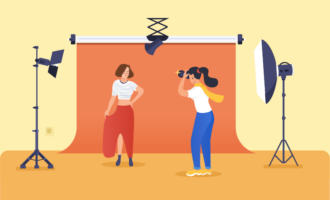
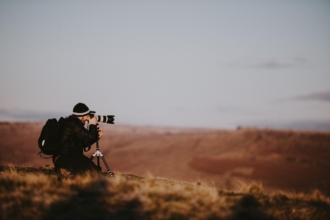

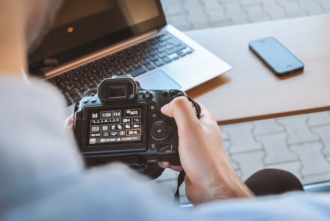
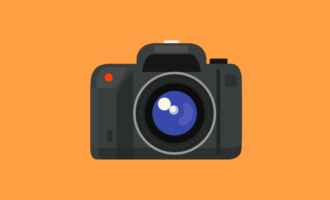

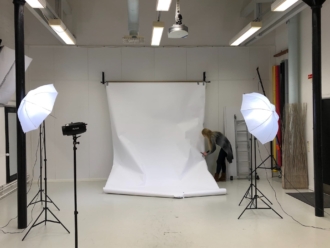


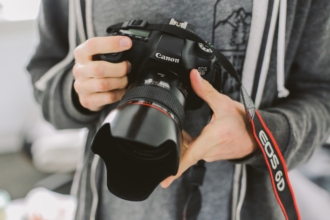
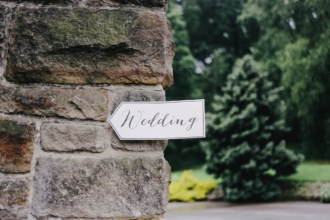
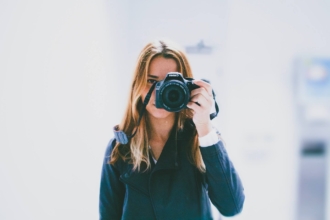
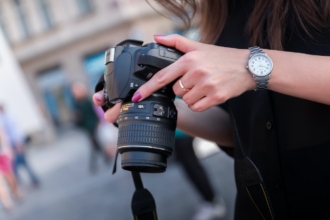
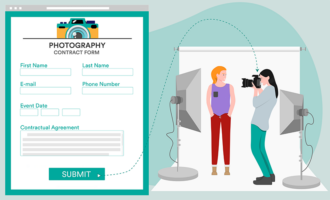
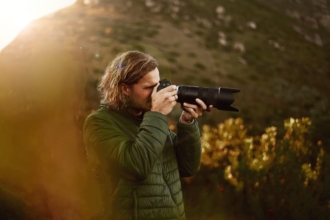

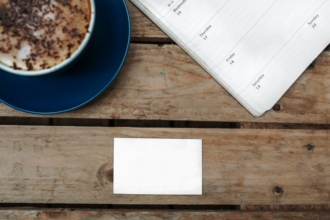

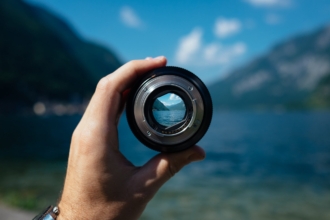
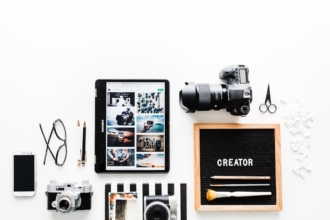
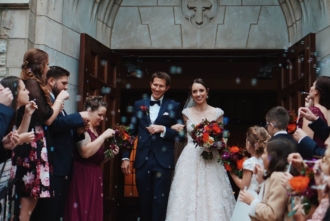
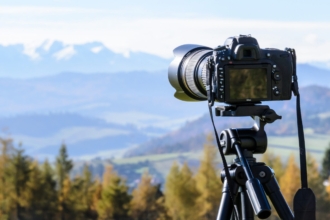
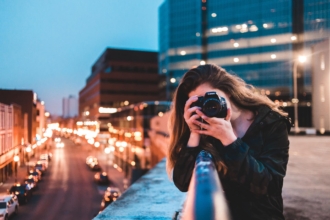
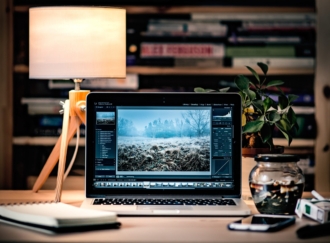
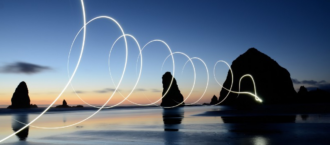
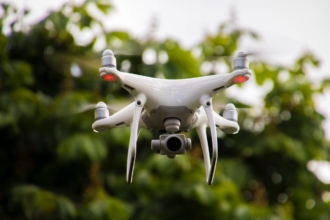

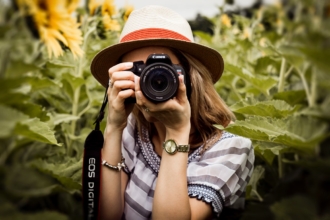

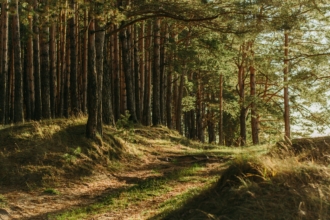
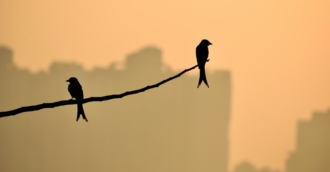

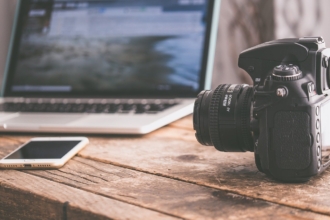




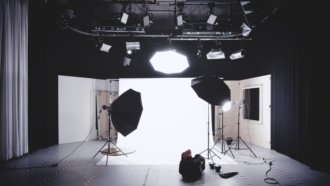

Send Comment: